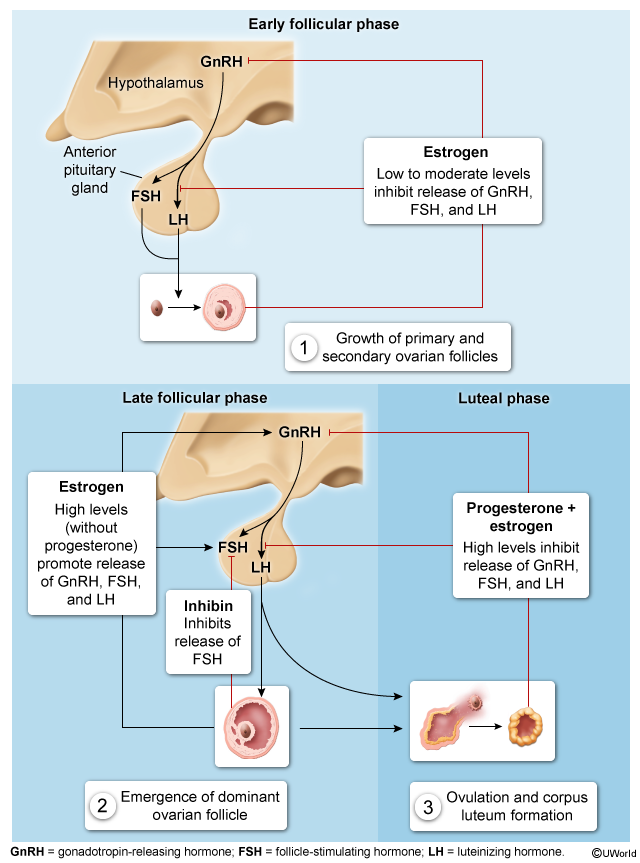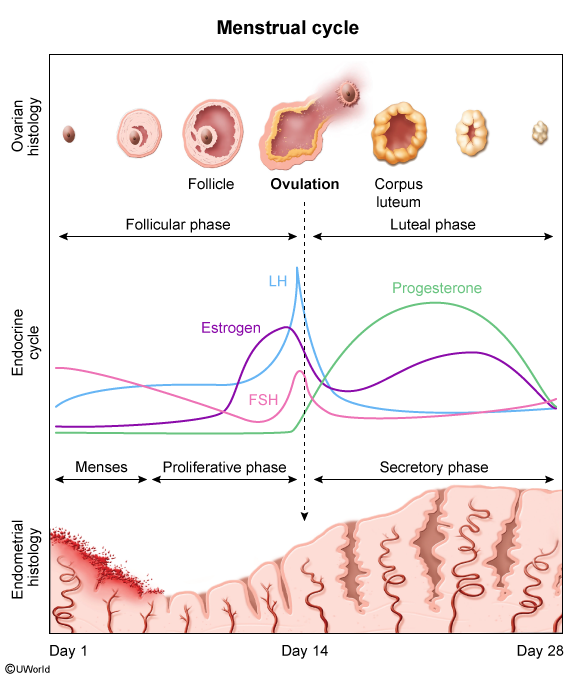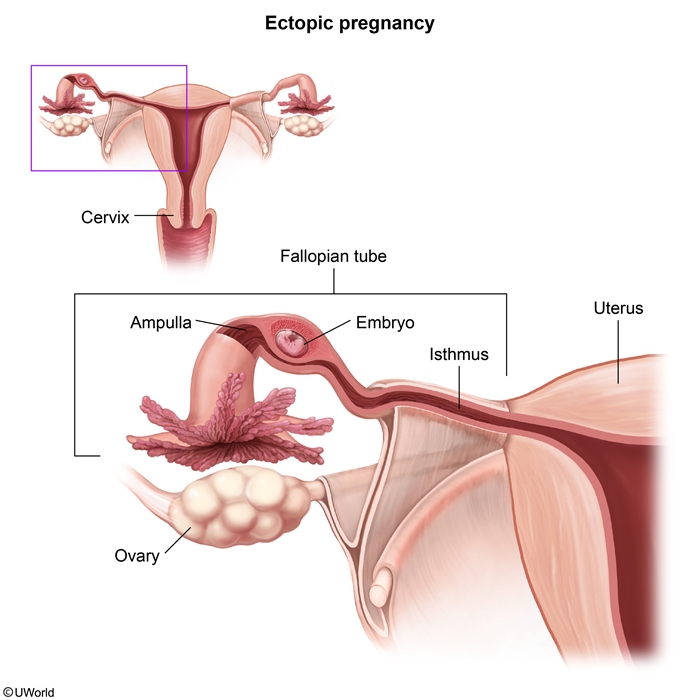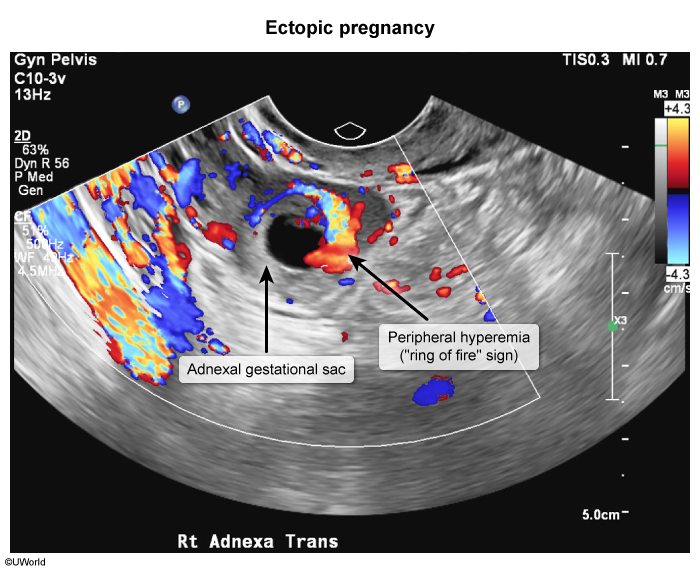Ovarian Hyperstimulation Syndrome
Article Sections
Introduction
Ovarian hyperstimulation syndrome (OHSS) is a potential iatrogenic complication of assisted reproductive technologies, particularly ovarian stimulation with exogenous gonadotropins (ie, hCG), that is characterized by fluid shifts from the vasculature into the third spaces.
Pathogenesis
During a normal menstrual cycle, a small number of ovarian antral follicles undergo initial development until a single dominant follicle and the other follicles undergo atresia (Figure 1); this follicle grows and releases its oocyte through ovulation when triggered by the LH surge (Figure 2). The dominant follicle remnant then becomes the corpus luteum.
During the treatment of infertility with ovarian stimulation (also called controlled ovarian hyperstimulation), medications are used to bypass the hypothalamic-pituitary-ovarian axis feedback loops to enable multiple follicles to mature (rather than just the dominant follicle). Once the follicles have developed, ovulation is triggered and the oocytes are aspirated to be used for in vitro fertilization (IVF).
Continue Learning with UWorld
Get the full Ovarian Hyperstimulation Syndrome article plus rich visuals, real-world cases, and in-depth insights from medical experts, all available through the UWorld Medical Library.
Figures



Images
